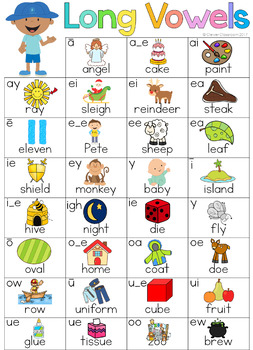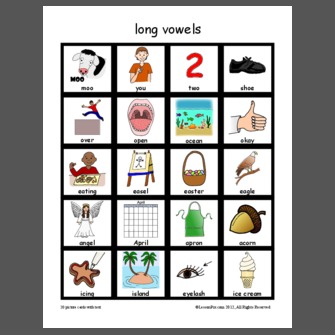


Simply put, short and long vowels create different kinds of reactions in readers’ minds. The long ones require a longer breath AND often change sound partway through (think about how your tongue has to move upward in your mouth when you make the “i” sound in “twine,” and how that changes the noise you’re putting out).Īnd that’s really all you need to know to recognize them and be able to use them! Why pay attention to short and long vowels? The short ones are over in one quick puff of air AND make the same sound all the way through Not so hard, yes? Let’s see some examples: We could get technical here, but actually, this is very easy: Short vowels are the vowel sounds you can say quickly, and long vowel sounds are the ones that take longer! So grab your vowelometer (you don’t think you have one of those? Actually, you do!) and let’s go. But you will definitely benefit from learning to consider your vowels: it’s a great way of adding subtle impact, and it can help your poems to feel more professional to editors and readers.

If this sounds hard, it really isn’t! In fact, as you read you’ll discover that you’re already doing some of this without realizing it.


 0 kommentar(er)
0 kommentar(er)
